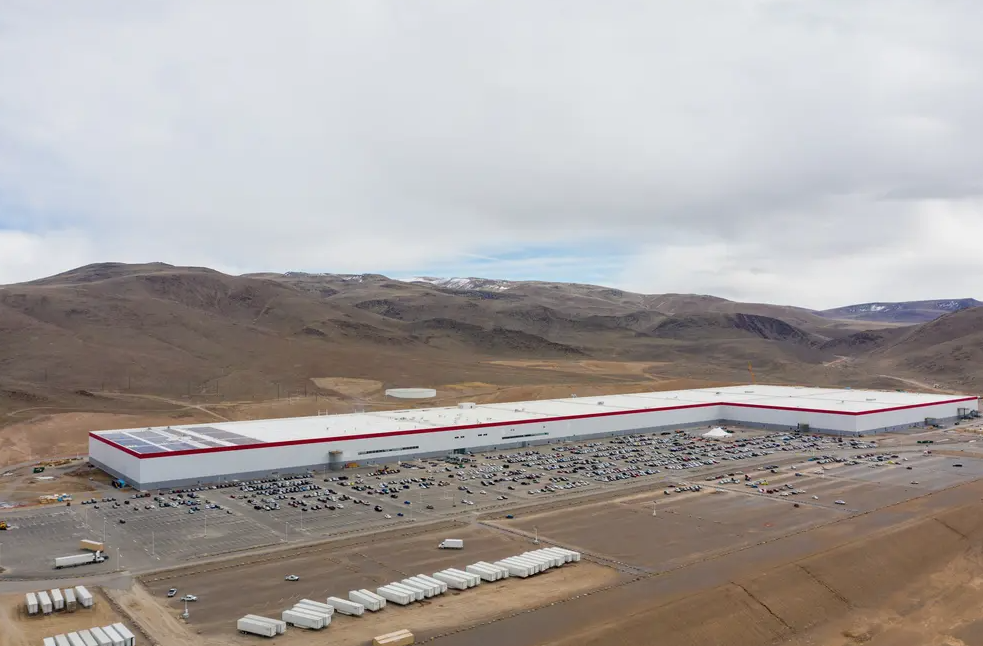The new analysis of Transport & Environment on the attractiveness of the European Gigafactory
The Inflation Reduction Act (IRA), the Biden government’s gigantic $369 billion plan could revive American clean energy but also bring down the community energy. A risk now under the eyes of many, including European institutions, and that finds today a new confirmation. According to the Transport & Environment analysis, star and stripe incentives could directly impact future European gigafactory batteries. By blowing up or delaying up to two-thirds of planned production in the Bloc and the UK. The subsidies granted by the IRA to the energy storage sector are, in fact, so attractive that they cannot be neglected by those who today find themselves planning investments in the production of batteries.
The Italvolt case
The report cites a fairly emblematic case involving Italy: the Italvolt project for the gigafactory in the former Olivetti factory in Scarmagno, near Turin. The initiative is expected to build one of Europe’s largest lithium-ion battery factories, with a production capacity of 45 GWh. At the moment, however, there are still uncertainties about the funding and permits required, and energy supply problems have also been added. According to the company, the site network would not be able to meet the needs of the factory. According to T&E, the project is at best likely to be delayed or even downsized in favor of the Statevolt project in California.
Unfortunately, this is not an isolated case. The environmental association has analyzed the situation of the 50 gigafactory European planned, evaluating the financial soundness, the status authorization and the definition of the site. And considering also the possible presence of links between the developer companies and the United States. The result? 68% of the production capacity of lithium-ion batteries planned for the coming years, equal to about 1.2 TWh, is at high or medium risk of interruption or relocation. In addition to Italy, the projects in Germany, Hungary, Spain and even the United Kingdom where the failure of Britishvolt has become the most at risk.
European investments are falling
On the other hand, the recent data published by BloombergNEF leaves little to the interpretation: the European slice of new investment in the production of lithium-ion batteries on the world total has risen from 41% in 2021 to only 2% in 2022. At the same time, US and Chinese spending on electrochemical accumulation has experienced new spikes.
“The industrial plans for the production of batteries in the EU are under the crossfire of the United States and China“, says Carlo Tritto, Policy Officer of T&E Italia. “To compete effectively, the European Union must immediately adopt a green industrial policy focused on batteries, providing robust support to increase production volumes. The continent, in short, is called to react to the American protectionist policies and Chinese domination of recent years to carve out a leading role in this strategic sector. Otherwise there is a risk of accumulating a delay that could result in a heavy industrial defeat“.

